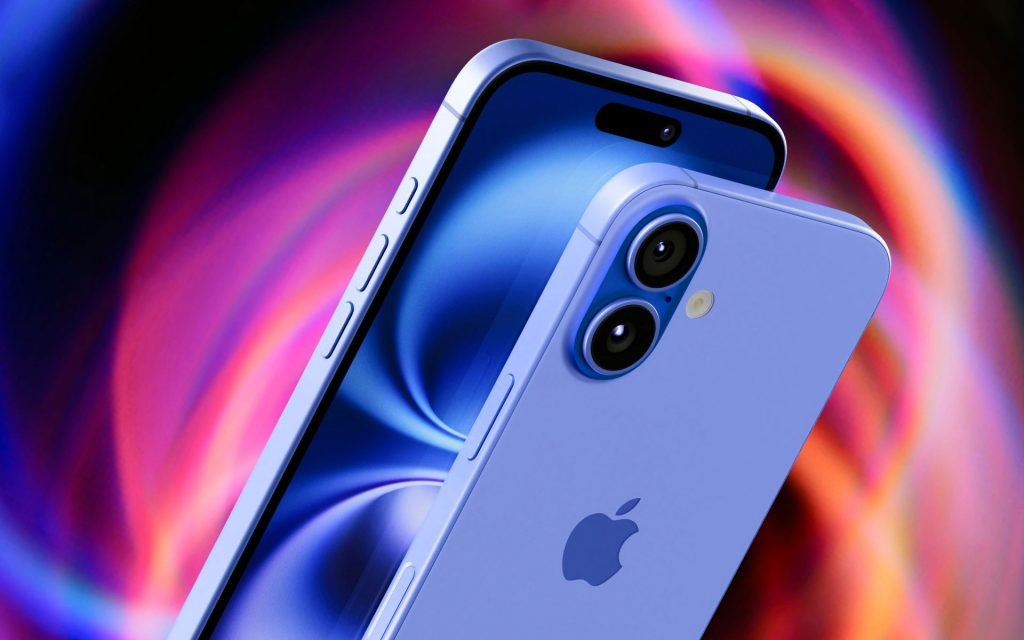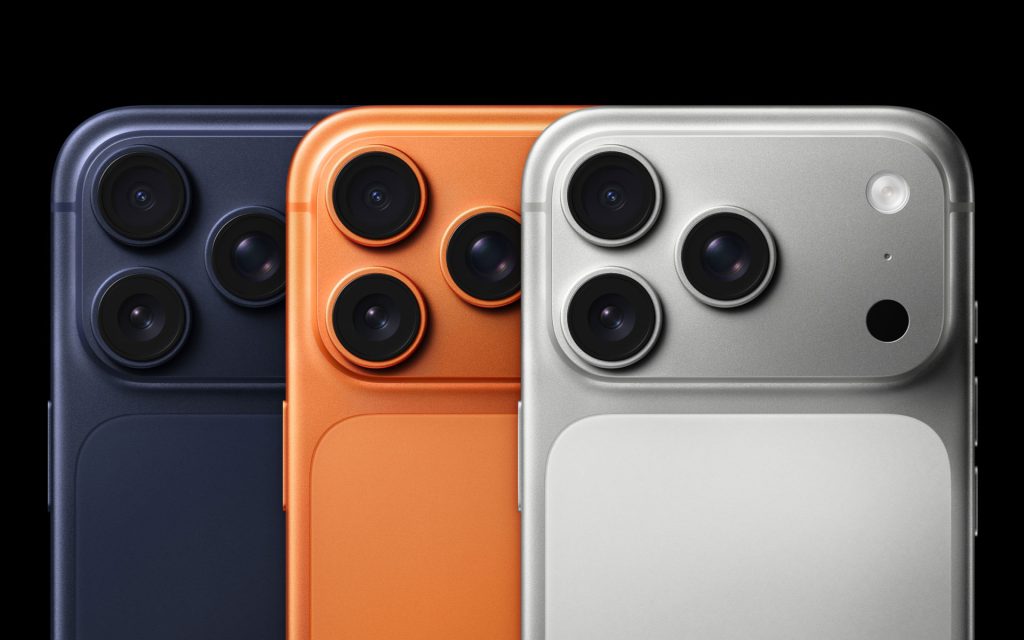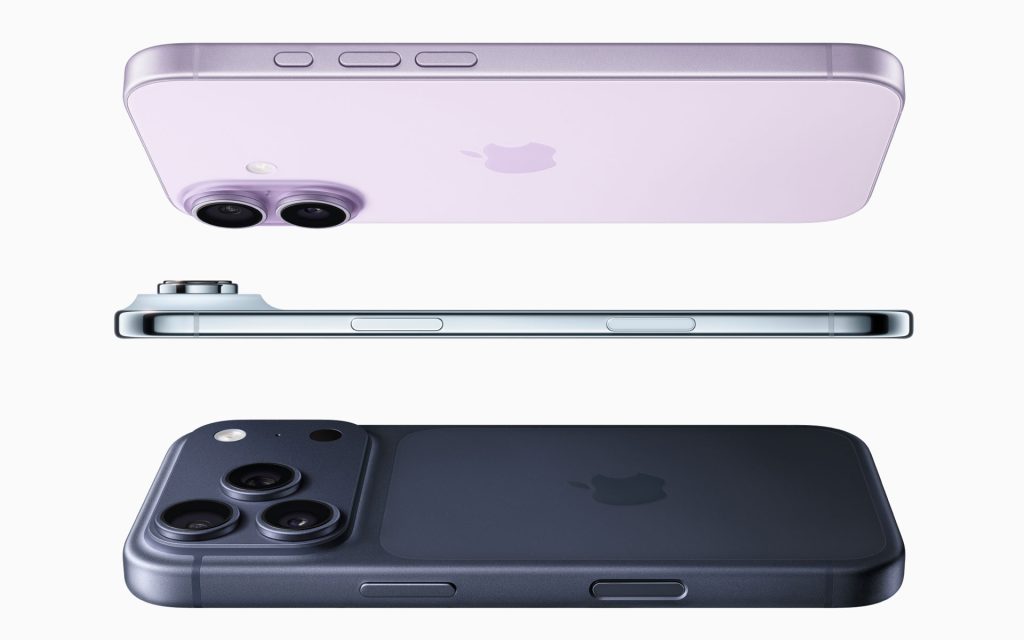In its current form, the iPhone has overstayed its welcome
Apple’s smartphones have seemingly reached their slab peak, changes are needed going forward – here’s why
KOSTAS FARKONAS
PublishED: September 15, 2025

So Apple’s September event for the new iPhone 17 models has come and gone, the iPhone Air has been unveiled, the new Pro models have been dividing opinion with their “8-in-3” lenses, the standard iPhone has emerged as the low-key winner in the entire lineup… and now we’re just waiting for some thorough reviews to get an idea of how these new smartphones actually feel and perform in everyday use.
It’s fair to say, though, that most of the buzz around these new iPhones died out pretty quick, maybe quicker than expected and definitely quicker than Apple would have liked – especially given the fact that the new entry, the iPhone Air, is all about the marketing side of things and could use that buzz leading to its release.
There’s a reason for that general sense of mild disinterest: the media, Apple partners and consumers are just not that excited about yet another September iPhone lineup unveiling anymore. It’s an event that takes place around the same time every year like clockwork, it plays out in the exact same way every single time and it basically works as official confirmation to the information leaks making the rounds on the Web for almost a year. It’s an unveiling of new products that’s almost institutionalized, whether Apple wanted it that way or not.
Lack of sustained interest in these new iPhones may just be down to people feeling that they know what to expect beforehand.
These September events about new iPhones now mostly fail to excite because people feel that they know what to expect beforehand. But… this has been the case for at least a few years now, no? So why did the interest in this particular Apple event fade even faster than usual?
Different people will point to different reasons why, but yours truly thinks that this is not just down to what’s being announced per se. It’s also down to how all of this looks. The event structure. The presentation style. The products themselves. It’s all too safe, too formulaic – an Apple choice that is, sadly, also reflected in the iterative, repetitive, predictable design of these devices over the last half decade or so.
Furthermore, this design has now peaked, causing more problems for the company. Here’s why.
In terms of design, the current form of the iPhone has nowhere left to go
It’s fair to say that, iPhone Air aside – which is itself not that much of a departure from other iPhones in terms of design, just slimmer – the iPhone 17, 17 Pro and 17 Pro Max look more or less like their predecessors. The camera bar at the back is not a new design element in the world of smartphones, so it does not really help Apple’s new devices stand out. These are pretty much the same slabs of metal and glass that came before them, of the exact same shape, of roughly the same sizes, of the same instantly recognizable iPhone style overall.

It used to be that iPhones going for a certain look for a number of years was actually a good thing: it helped Apple establish a signature design – one that millions and millions of people loved – and refresh it every three years or so, helping it evolve to meet consumer expectations in terms of screen, performance and batter life. It was an approach that worked well for eight years, as the original iPhone slowly but surely transformed to the now iconic iPhone X and its successor, the XS/XS Max.
The problem is that, from that point onwards, Apple chose to stretch this approach not just to its very limit, but well beyond it. The 17 Pro/Pro Max will be the first iPhone Pros since 2019 that one will be able to easily tell apart from their predecessors by looking at their back: they have all looked almost exactly the same as the iPhone 11 Pro. That’s six years ago. In the world of tech six years is a very, very long time for anything to remain unchanged, let alone the design of expensive consumer products heavily depending on marketing.
Setting additional buttons related to functionality aside for a moment – although the Action button, the Dynamic Island or the Camera Control button have not rocked most people’s world either – Apple just didn’t make meaningful changes to the design language of the iPhone for far too long. It was a conscious choice, made at the very top of the company, for a number of different reasons probably worth a closer look all on their own.
It’s basically a given that the iPhone 17 design will be with us for at least two more iPhone generations, if not more.
As a result of all that, though, it now feels like there’s really nowhere left to go for the iPhone 18, 18 Pro and 18 Pro Max: since a complete overhaul of the whole line is out of the question – now that the camera bar is present in all four new iPhones – the 2026 line will most probably look exactly like the 2025 one. Which looks pretty much like the 2024 one, which looked exactly like the 2023 one and so on.
That is precisely why, in its current form, the design of the iPhone has overstayed its welcome: with the iPhone 17 lineup an already tired style of an extremely ordinary form factor just got one (1) new visual feature that’s been extensively used already. That is all. If Apple’s recent product choices are any indication, it’s basically guaranteed that the result of this half-hearted effort will be with us (certainly in the case of the iPhone Air and the standard iPhone) for at least two more iPhone generations.
If that is not the very definition of design stagnation, then what is?
Design changes to future iPhones are coming, but Apple needs to deliver big time
Fortunately, it seems that Apple is well aware of the iPhone design stagnation issues raised earlier, so at least two important changes are planned on that front over the next two years. Based on extensive rumors and information leaks from different sources, for example, as well as a couple of Bloomberg reports – like this one – the company is expected to introduce the much-discussed foldable iPhone model next year.

This will of course be a readily apparent, important departure from the “slab” form factor all iPhones have adopted up until now. What’s more, since Apple is terribly late to this particular party, a lot of people are curious to see how good this first implementation of a foldable screen on an iPhone will be, as well as what kind of changes the company made to iOS in order to make the most of the additional screen estate.
The other change Apple allegedly has in store for some of its future smartphones is a visual overhaul of the “slab” form factor, coming in 2027. These models will most probably be the “Anniversary” iPhone Pros – hard to believe it’s already been 20 years, right? – sporting an “all-screen” design. This could mean that the FaceID facial recognition system will be put under the main display and that the front camera will work through a small “pin hole” (“punchhole” cameras have been utilized in the Android world for more than a decade).
The foldable iPhone and the iPhone Anniversary Edition hold the promise of more interesting changes in 2026 and 2027 respectively.
Other rumored changes include curved glass for the screen, some new materials and the total absence of physical ports. The development of these models is most probably far from complete, though, so…
Design stagnation is one of Apple’s three problems in need of a solution
The irony here is, of course, obvious: regardless of what the media or analysts or Apple’s partners or investors think of company’s failure to push the design of the iPhone forward for so long, most consumers remain creatures of habit. In other words, many of them may not be all that receptive to substantially redesigned iPhone models at first, opting to go for ones they are familiar with instead – Apple will be sure to offer at least a couple of those – before getting themselves to try something actually new.

But that is a risk Apple will simply be forced to take at some point: by keeping the current iPhone design around for far too long, the company has now put itself into a corner it may find unexpectedly hard to get out of. It will take serious work to pull that off, that’s for sure.
More than that, though, it’s all three of the most important aspects of a modern smartphone – how it looks, what it does and how it performs – that appear to be either evolving in a painfully slow pace or not evolving at all in the case of the iPhone: it’s been largely the same design-wise for six years, Apple Intelligence has failed to deliver genuinely useful additional functionality and hardware improvements are not really felt in the context of mainstream everyday use. Three out of three misses is not exactly ideal.
Can Apple make headway on all three fronts before the iPhone’s sales start declining instead of just not growing? Well, given the company’s numerous unfortunate choices over the last decade, we’ll just have to see, won’t we?





















